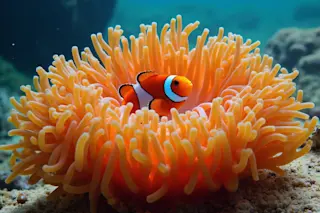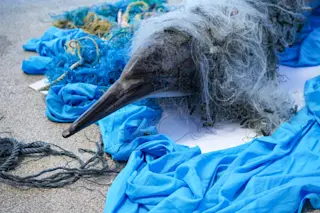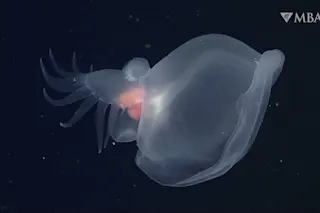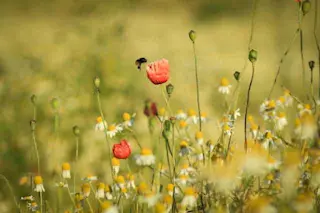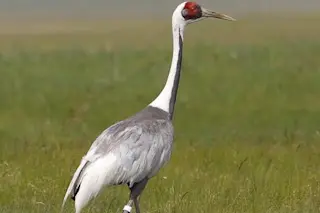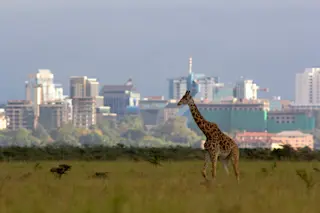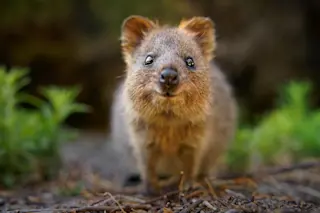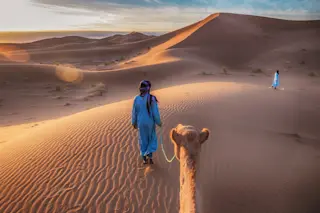Nature Photos Show Complexity of Life
Explore stunning entries in the Ecology Image Competition, showcasing nature's beauty from glowing waters to bird on a bone.
More on Discover
Stay Curious
SubscribeTo The Magazine
Save up to 40% off the cover price when you subscribe to Discover magazine.
Subscribe


